A key question for every decision-maker
One of the first things any CTO or decision-maker asks when exploring software development is: how long will it take? It’s a fair concern — the faster the solution is delivered, the sooner it can generate business value. But overestimating speed can lead to underestimating complexity, scope, and costs.
In this article, we answer the question in detail: how long does custom software development really take - and what does that timeline look like?
There’s no single answer - but there are proven ranges
The time to develop custom software varies depending on your project’s size and goals. However, based on experience, we can define some standard ranges:
- MVP (Minimum Viable Product): 3–4 months
- Full-featured business applications: 6–12 months
- Complex enterprise systems (ERP, B2B platforms): 12+ months
These estimates are influenced not just by the scope, but also by: client engagement, availability of key roles, responsiveness during collaboration, and technical complexity.
Typical stages and their durations
1. Discovery & business analysis (1–4 weeks)
This phase involves defining business goals, user needs, architecture outlines, and risk analysis. A solid discovery phase reduces uncertainty later.
2. UX/UI design (2–6 weeks)
UX/UI designers create wireframes, prototypes, and visuals. For systems with complex flows, this stage may take longer.
3. Core development (3–9 months)
Developers work in iterations, often using Agile. For MVPs, development may take 8–12 weeks. Full systems may take several months or more than a year.
4. Testing & deployment (2–6 weeks)
This includes QA testing, fixing bugs, and preparing for production. More complex systems require more thorough QA.
5. Ongoing maintenance (continuous)
After deployment, most software evolves. Maintenance, updates, and new features are part of long-term collaboration.
What influences the timeline?
1. Solution complexity – More modules, users, or integrations usually mean more development time.
2. Client responsiveness – Active participation from the client shortens decision cycles and improves project flow.
3. Technical setup – Starting from scratch vs. integrating with existing systems affects speed.
4. Mid-project changes – Late changes in scope or priorities often extend the timeline.
How to estimate duration before starting?
A reliable software house will begin with a discovery phase and prepare a breakdown of the effort required. At Qarbon IT’s custom software development services, project timelines are based on expert workshops and collaborative scoping, which significantly improves estimation accuracy.
Can you speed it up?
Yes - not by rushing development, but by:
- starting with an MVP approach,
- ensuring client-side decision-makers are available,
- enabling parallel work streams (e.g., UX and backend).
Summary: How long does it actually take?
Realistically: 3 to 12 months, depending on the scope, complexity, and collaboration. That’s why choosing the right technology partner is crucial - one that focuses on clarity, planning, and sustainable delivery.






.png)


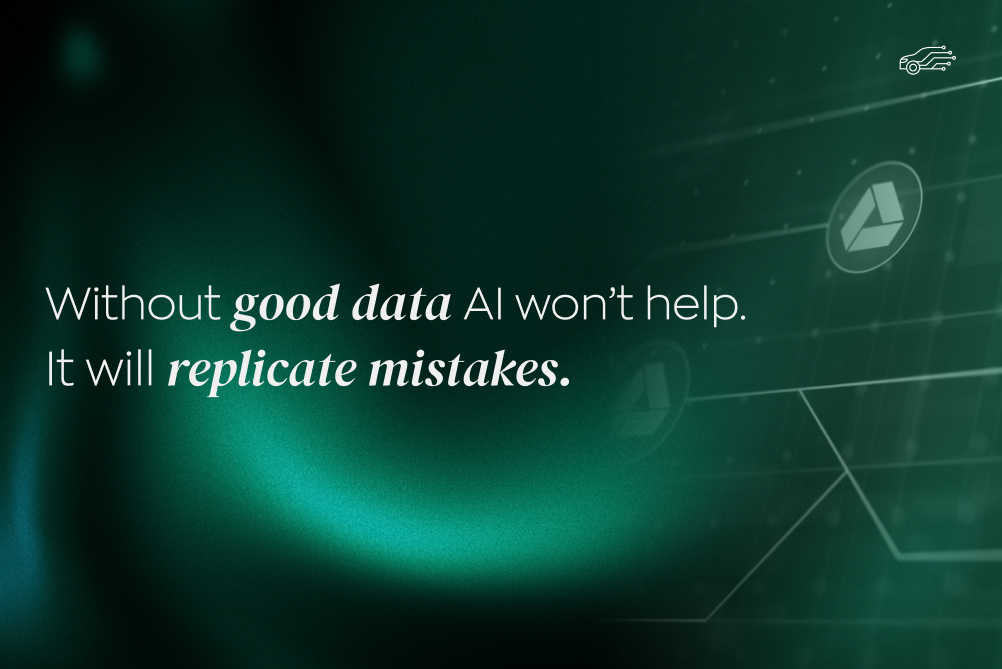

.jpg)
.jpg)
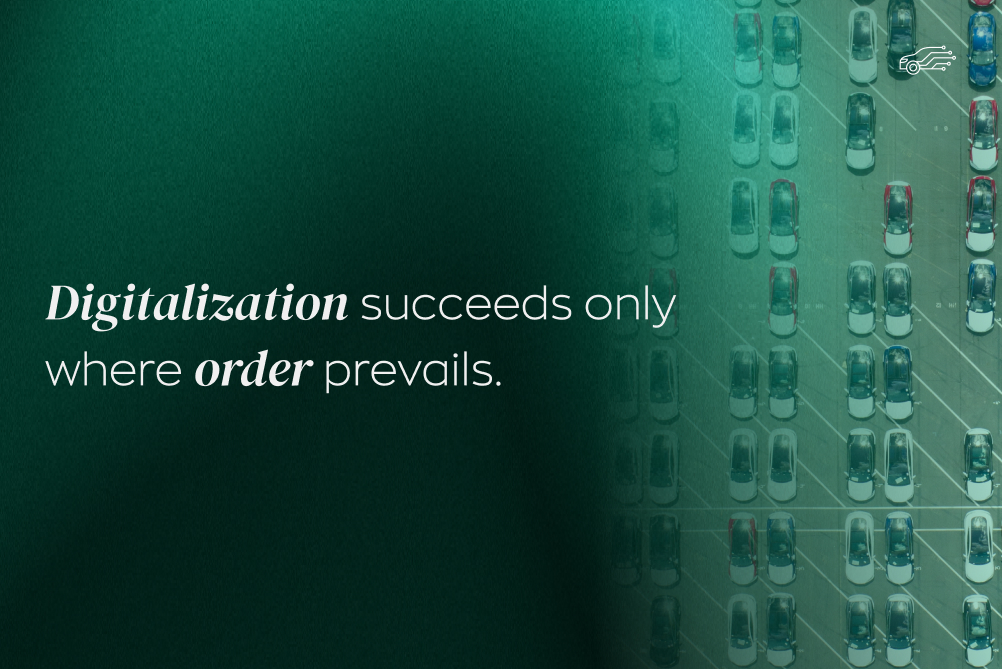
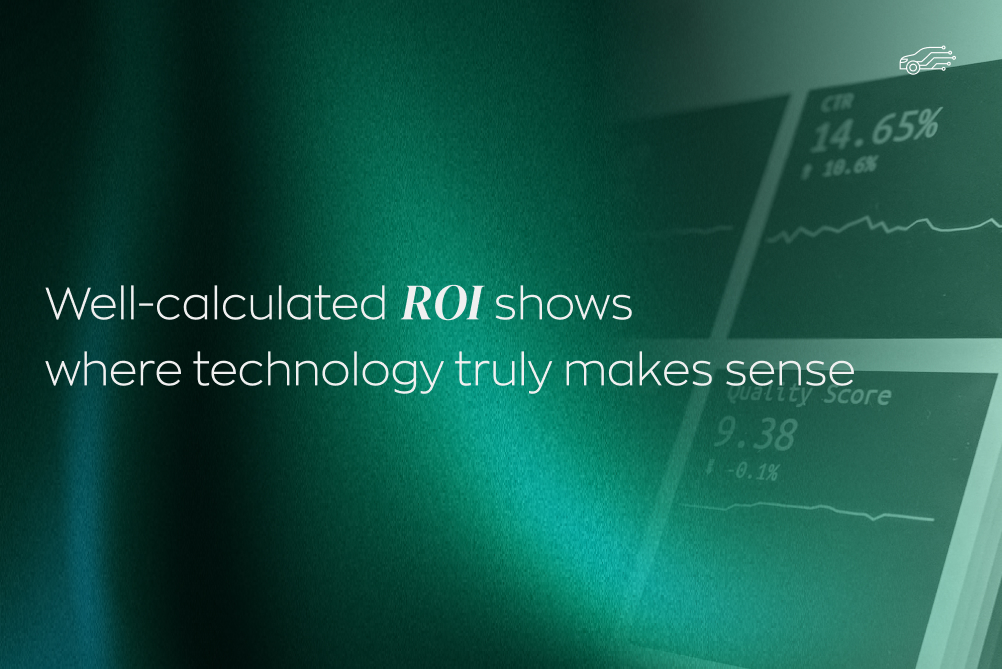
.jpg)
.jpg)
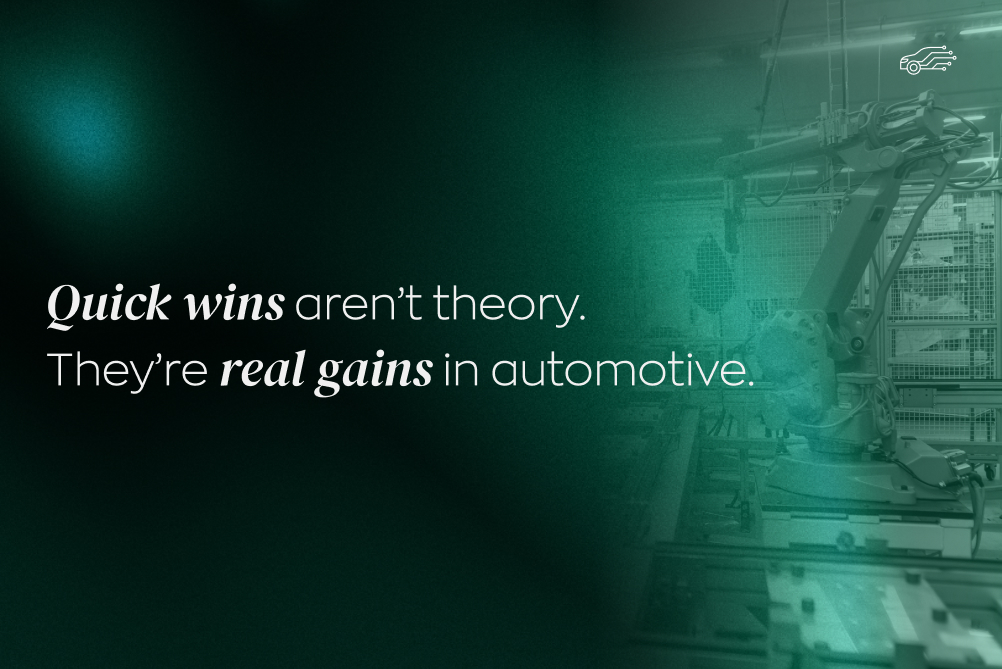
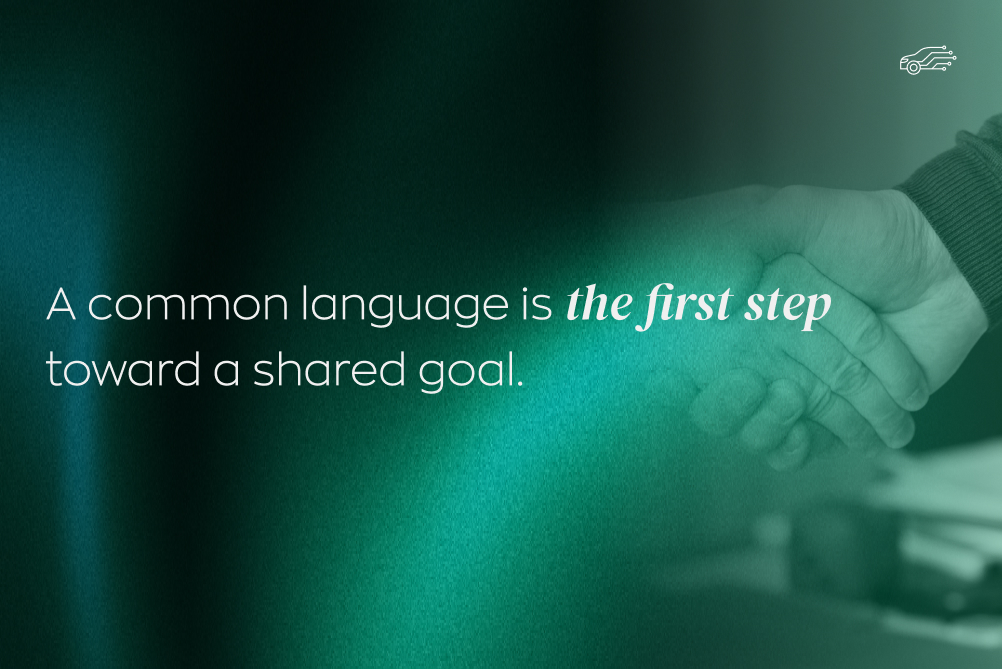
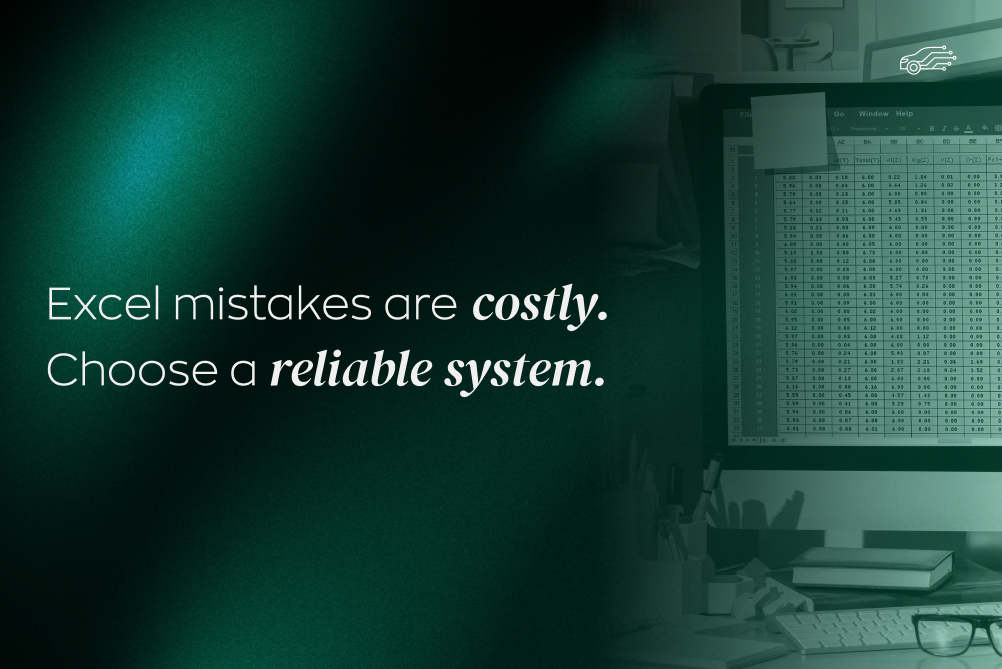
.jpg)
.jpg)
.jpg)
.jpg)
.jpg)
.jpg)
.jpg)
.jpg)
.jpg)
.jpg)
.jpg)
.jpg)
.jpg)
.jpg)
.jpg)
.jpg)






.jpg)
.jpg)
.jpg)

.jpg)

.jpg)


.jpg)
.jpg)
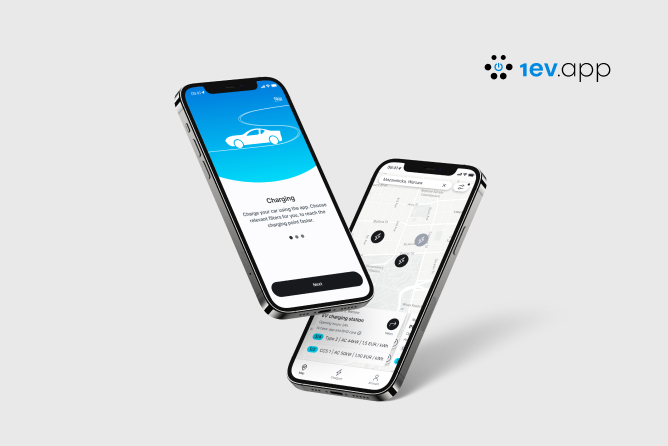
.jpg)
.jpg)

.jpg)

.jpg)
.jpg)
.jpg)

.jpg)
.webp)

.webp)


.jpg)









.webp)


.webp)























